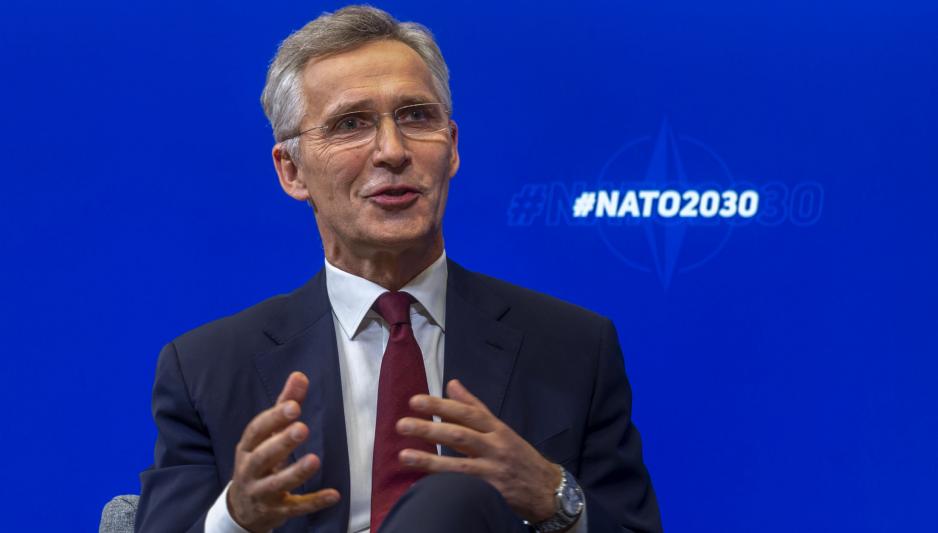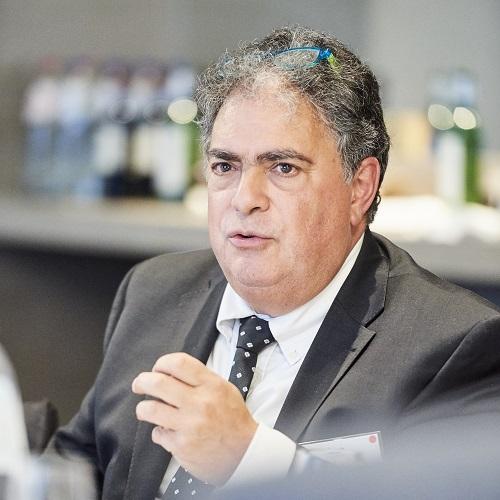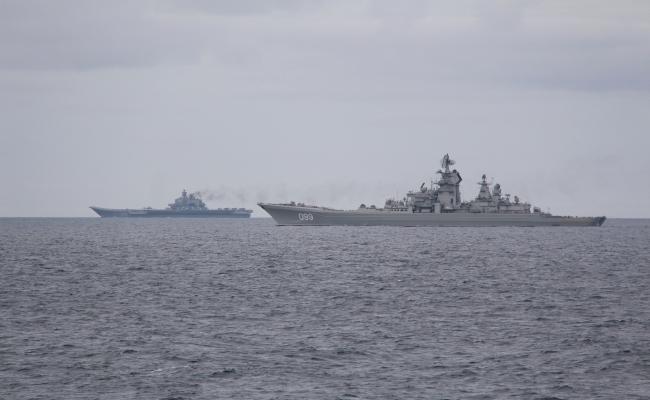Stoltenberg: "Under the Ice in the Arctic, You Have Some of the Most Dangerous Weapons in the World"

NATO Secretary General Jens Stoltenberg says the Alliance over the last years has operated the biggest reinforcement of its collective defence since the end of the Cold War. That includes investment in capabilties that can be used in the High North, for instance more modern naval capabilities, planes and anti-submarine warfare capabilities. (Photo: NATO).
"The paradox of the Arctic is that you have this tradition of cooperation, trying to work together, lower tensions, but you also know that under the ice in the Arctic, you have some of the most dangerous weapons in the world," says NATO's Secretary General.
The remark was made by NATO Secretary General Jens Stoltenberg in an interview with Paul Taylor, Senior Fellow at Friends of Europe, for the report “After the Ice - the Arctic and European Security”.
In the interview, Stoltenberg points to increased Russian military developments as well as Chinese presence in the High North when asked about new threats and challenges emerging in the region.
We used to say that in the High North we have low tensions and what we’ve seen in last years is increased challenges.
Chinese military capabilities
While Stoltenberg says the rise of China presents some opportunities, he notes there are also related challenges, which NATO needs to see. In particular, the increased Chinese military capabilities.
“The mere fact that China is becoming a stronger and stronger naval power - over the last five years, they added 80 ships to their navy, that’s the equivalent of the whole UK Royal Navy. And these ships and submarines, many of them can operate in the High North. If you put on top of that also more Chinese icebreakers, then it’s a significant capability which of course NATO has to take into account when we do our planning and analysis.”
“They are now the second largest economy in the world and also the second largest defence budget and this also affects the situation in the Arctic,” he states.
As for Russia, which already has a major military presence within the Arctic, the Secretary General points to deployment of new capabilities, submarines, the reopening old military bases and more exercises.
"You see many of the new and novel Russian missile systems deployed up there. Most of the nuclear submarine capabilities of Russia are based in Kola and in the High North.”
NATO presence
On the question of what NATO is doing differently in response to the challenges, Stoltenberg says NATO has strenghtened its ability to operate and be present in the High North.
He points to developments over the last years and how NATO, as part of the reinforcement of its collective defense, has invested in capabilities that can be used in the region.
“What we have done is strengthened NATO’s ability to operate in the High North with significantly more capabilities from land, air sea, on the sea and under the sea, all of that together with more exercises and a new command for the North Atlantic which also covers the Arctic. All of that has put us in a place where we can operate, where we can respond and where we have increased our presence,” he adds.
The large-scale NATO military exercise Trident Juncture took place in Norway in 2018. NATO has also established a new command for the North Atlantic, the Joint Forces Command in Norfolk, Virginia. The US and UK have deployed naval ships in the Barents Sea and countries like Norway and Denmark are investing in naval and air capabilities, Stoltenberg says.
Amid the challenges, The Secretary General says NATO always need to find a balance between avoiding increased tensions and being present.
"I strongly believe that we should continue to work and strive for avoiding further escalation, further increase in tensions, and therefore NATO always has to find a balance between being firm, being predictable, being present but at the same time to do that in a defensive and measured way and that’s exactly what we are aiming at through our presence in the Arctic."
"The paradox of the Arctic is that you have this tradition of cooperation, trying to work together, lower tensions, but you also know that under the ice in the Arctic, you have some of the most dangerous weapons in the world," Stoltenberg says in closing.
The Friends of Europe report authored by Paul Taylor launched Tuesday, September 8.



